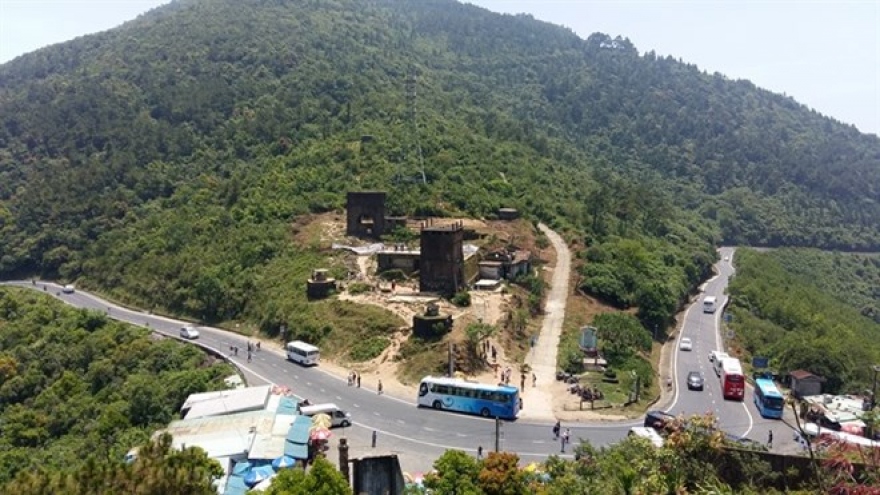Hai Van Gate set to become tourist magnet
VOV.VN - The Hai Van Gate (Hai Van Quan) was built on Hai Van Pass by the Nguyen dynasty in 1826 to protect the Hue Imperial Citadel and control Da Nang’s waterfront. The structure was recognized as a national relic site in 2017 and is now being renovated as a tourist attraction.
 |
"The Hai Van Gate’s position was of strategic importance to national defense during the Nguyen dynasty. It helped protect the Hue imperial city, which has been recognized as a world heritage. Accommodations for tourists need to be built while infrastructure should be upgraded to support tourism development," said Dr. Do Bang, President of Thua Thien-Hue Historical Sciences Association.
From the Hai Van Gate, there is a magnificent view of the mountain pass and Da Nang city.
"More and more visitors are coming to see the Hai Van Gate, particularly Europeans. In the past, most visitors were Chinese or Korean. I’m glad this site has become a magnet for tourists worldwide," said Lai Thanh Ha, who has been living at the top of the Hai Van Pass for 30 years.
The Hai Van Gate attracted more than 320,000 visitors last year.


